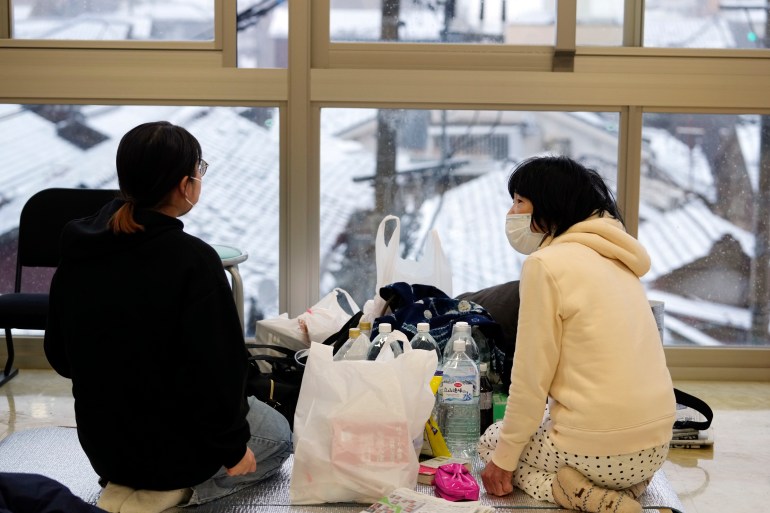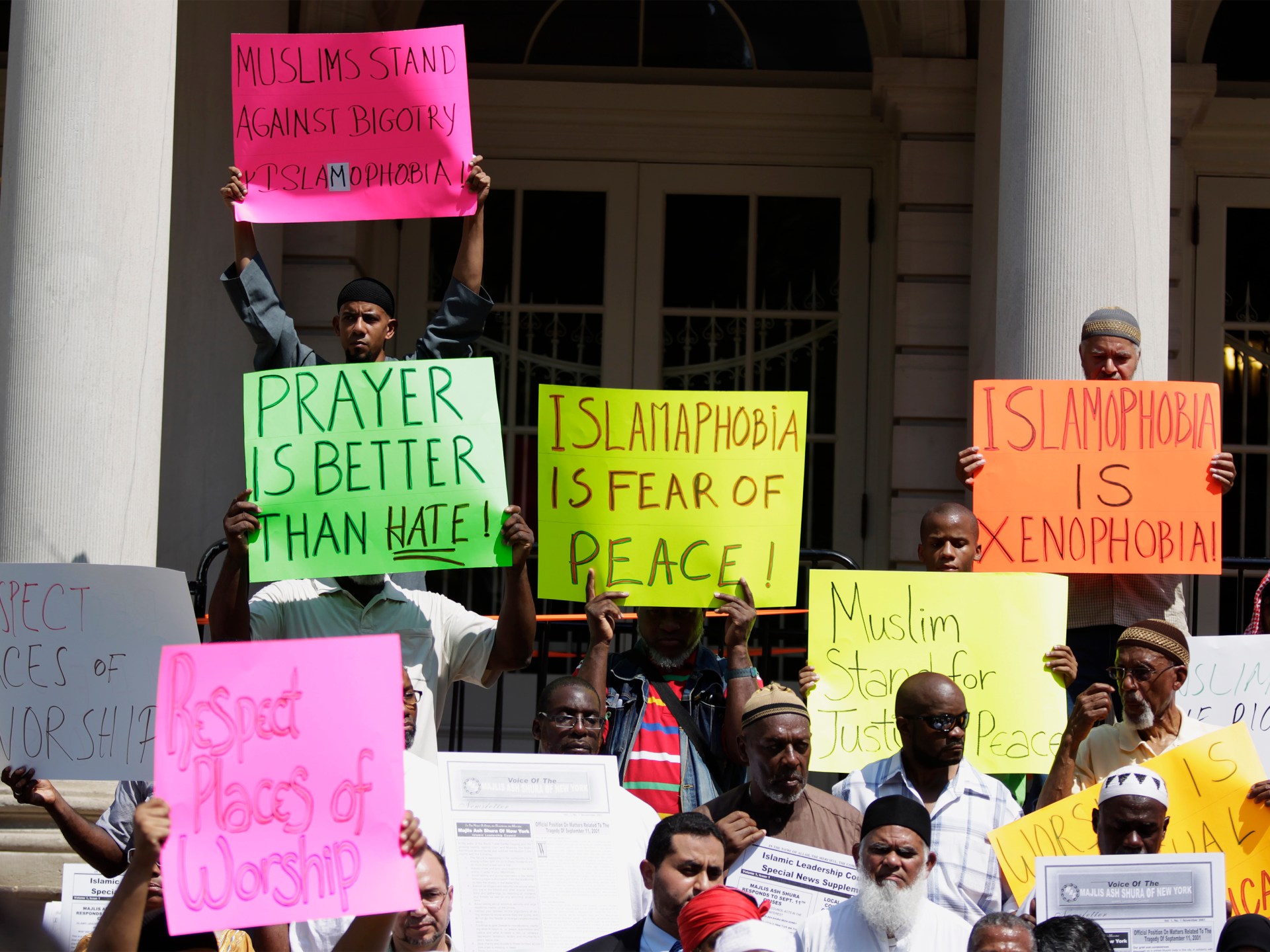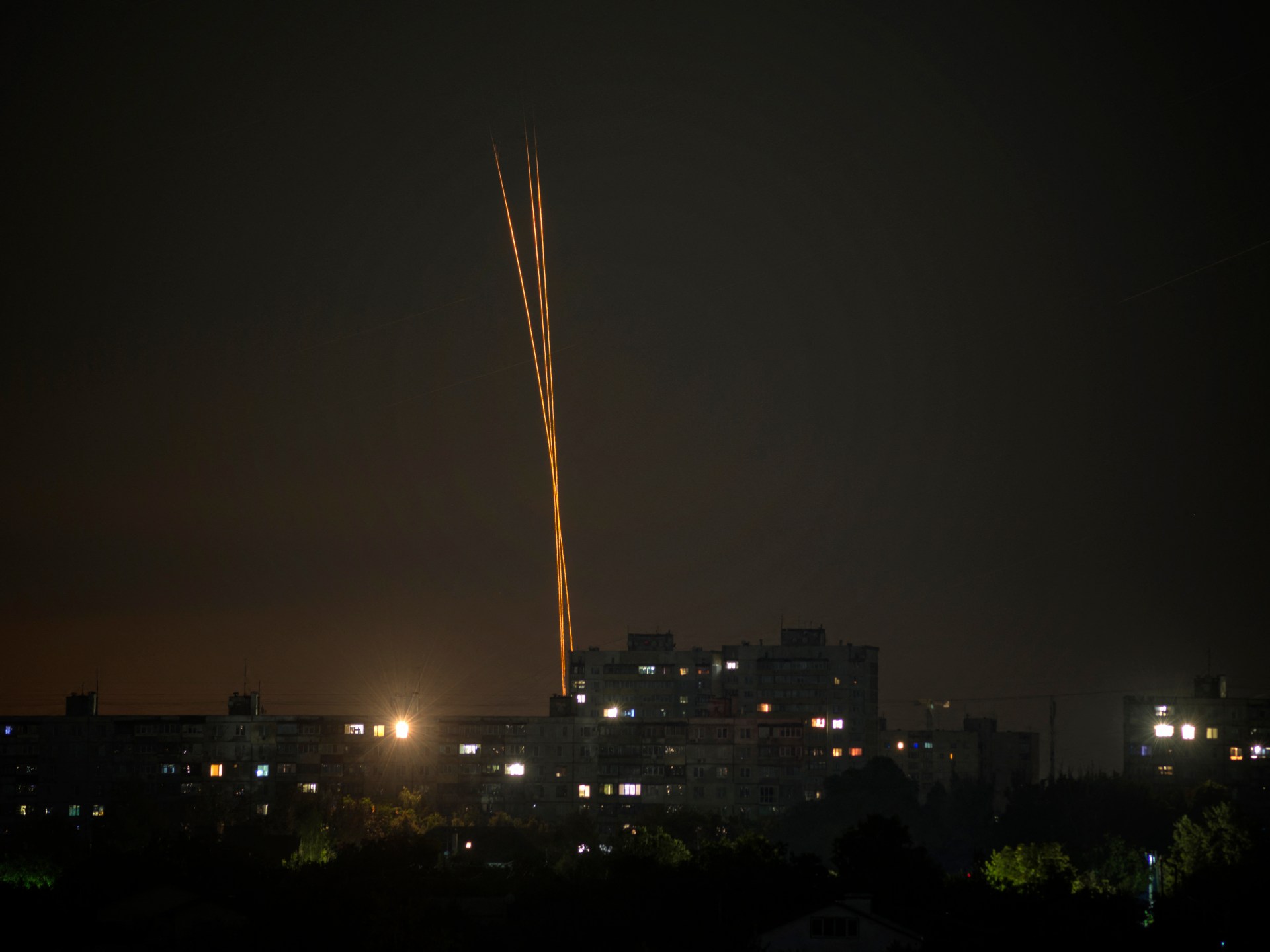Thousands of homes remain without power, but the situation in evacuation centers is slowly improving.
The death toll from Japan’s New Year’s Day earthquake has risen to 161, with more than 100 people still missing and snow complicating relief efforts.
More than 2,000 people remain isolated since the 7.6 magnitude earthquake on New Year’s Day, and thousands of troops, firefighters and police continued to search collapsed buildings Monday in hopes of finding survivors.
Authorities warned of the danger of landslides across the affected Noto Peninsula in Ishikawa Prefecture, with snow adding to the danger. An estimated 1,000 landslides have already been reported in the area as a result of the earthquake and wet weather.
Some 18,000 homes in the Ishikawa region remained without electricity on Monday, while more than 66,100 homes were without water on Sunday.
Many of the 28,800 people crammed into government shelters also did not have enough water, electricity or heat, and slept on cold floors.
While initial aid only provided one piece of bread and a glass of water per person per day, according to media reports, the arrival of aid is allowing some facilities to begin serving hot food cooked in huge pots.
People were also delighted by the temporary bathing facilities set up by the soldiers, sitting in the hot water they had missed since the earthquake a week ago.
“Disaster-related deaths must be avoided at all costs. I want to improve the poor environment in the shelters,” Ishikawa Governor Hiroshi Hase told national broadcaster NHK.
‘It is very cold’
Of the confirmed deaths, 70 occurred in Wajima, 70 in Suzu and 11 in Anamizu – all in the northern part of the Noto Peninsula – and the rest were distributed among four other cities. At least 103 people remain missing, while 565 people were injured and 1,390 homes were destroyed or severely damaged.
A tsunami of several meters followed the initial large earthquake, increasing the damage. The aftershocks have continued daily.
Exhaustion and stress are wearing people down and many are grieving.
Naoyuki Teramoto, 52, was inconsolable Monday after three of his four children’s bodies were discovered in the city of Anamizu.
Your daughter just passed her high school entrance exam.
“We were talking about plans to go to Izu,” he told broadcaster NTV, referring to a famous hot spring resort.
The main earthquake occurred on New Year’s Day, a major holiday in Japan and a time when families gather together.
Mizue Kaba, 79, said she was lucky to have survived, as were her daughter, son-in-law and grandson, who were visiting her from Osaka, central Japan.

Kaba is sleeping in a school and no one is sure what might happen when schools open a week after the New Year holidays.
Three heaters were struggling to heat the school room, but the arrival of more heaters had raised hopes that it would soon warm up.
“It’s very cold,” Kaba said.











